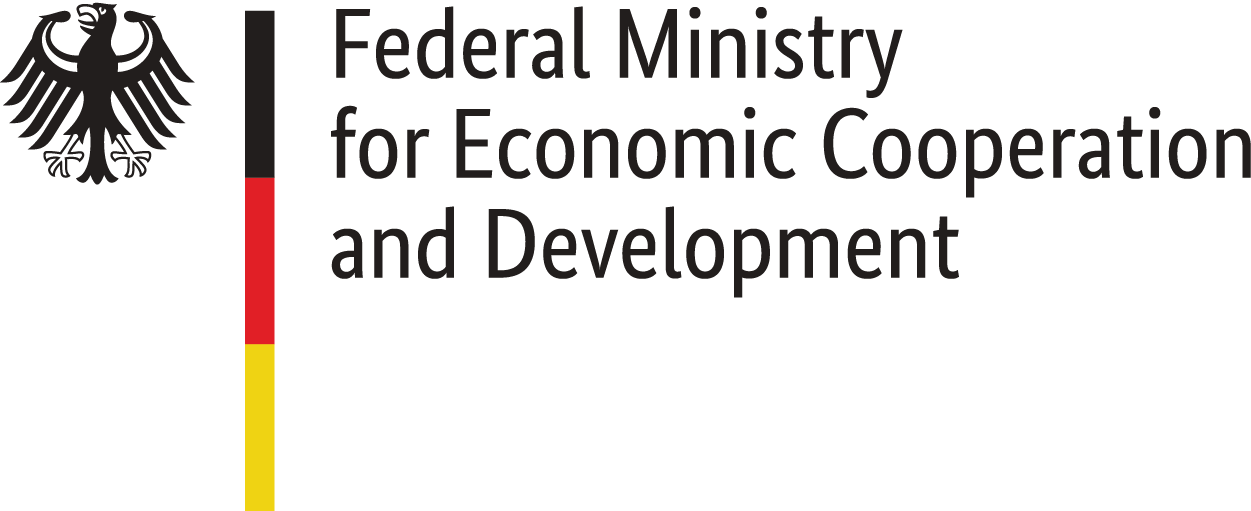Theory: media pluralism as key for democratic societies
Media pluralism is a key aspect of democratic societies as free, independent, and diverse media reflect divergent viewpoints and allow criticism of people in power.
Generally, you can distinguish internal media pluralism which refers to how social and political diversity are reflected in media content (e.g. representation of different cultural groups, diverse political or ideological opinions). External media pluralism, on the other hand, covers the number and structure of owners also known as the “plurality” of suppliers.
Risks to diversity of ideas are caused by media market concentration – the opposite of media pluralism -
- when only a few players exert dominant influence on public opinion and raise entrance barriers for other players and perspectives (media ownership concentration);
- when media content is uniform and focused only on specific topics, people, ideas and opinions (media content concentration);
- when the audiences only read, watches and listens to certain media outlets (media audience concentration).
Goal: creating media ownership transparency
Despite all the dimensions of media pluralism and risks inherent to them, MOM focuses primarily on external pluralism, and more precisely on media ownership concentration.
When dealing with the latter, the major obstacle one faces is the lack of transparency in media ownership: How can people evaluate the reliability of information without knowingwhoprovides it? How can journalists work ethically without knowing who controls the company they work for? And, finally, how can authorities effectively address excessive media concentration, if the owners remain in the shadows?
MOM thus promotes transparency in media ownershipto answer the question “who eventually controls media content?”
- by informing about the owner of the most important media outlets of the different types of media (television, radio, internet, print) and their affiliations;
- by analyzing the potential influence on the public opinion-forming process based on audience concentration;
- by shedding light on the regulation of media ownership and concentration, as well as implementation of regulatory safeguards.
Means: data collection and fieldwork
Based on a generic methodology, the “Media Ownership Monitor” (MOM) has been developed as a mapping exercise in order to create a publicly available, continuously updated database that lists owners of all relevant mass media outlets in Ukraine. It promotes transparency,asking such questions as “who owns the media?”, “what are the interests and affiliations of owners”, “what are their voting rights and dependencies?”, and finally,“who influences public opinion?”.The objective of thefieldwork is not only to define stakeholders, but to find out who eventually controls the media in Ukraine. In addition, MOM provides contextualisation and qualitative analysis by assessing the respective market specifics and legal environment in Ukraine.
Data collection was done by a local research team from the Institute for Mass Information (Kyiv) in collaboration with Reporters without Borders.
Instrument: MOM-user guide
The data collection is conducted following a detailed User Guide, that consists of the following sections:
- Section A “Context” provides a first look into the media market and flanking conditions, such as the regulatory framework related to ownership issues, country information and media-specific data. This section allows to better understand the findings of the following sections and to contextualise estimated risks for media plurality.
- In Section B “Media Market”, the types of media that are relevant for opinion-formation are agreed upon on the basis of the audience reach. At most 10 media outlets per media type - TV, radio, print and Internet – are selected.
- In Section C “Ownership”, owner/ shareholder/ people with influence on the most relevant media are researched. Key media companies are defined economically (related to their revenue) and investigated concerning their ownership characteristics.
- Section D “Indicators” explains the indicators which allow calculating an index for the risk to media pluralism caused by a certain level of media ownership control.
The User Guide is developed on the basis of already existing media ownership & media pluralism research. Especially the indicators are inspired by and harmonised with the EU-funded (Media Pluralism Monitor) of the Centre for Media Pluralism and Media Freedom (CMPF) at the European University Institute (EUI, Florence)


